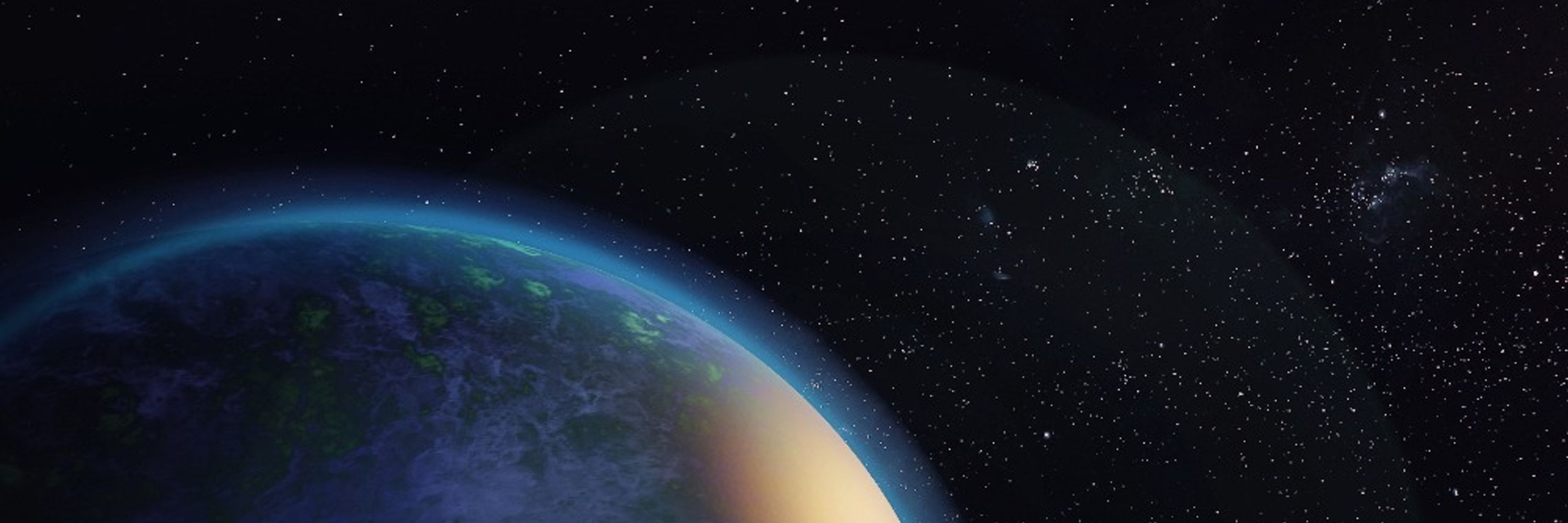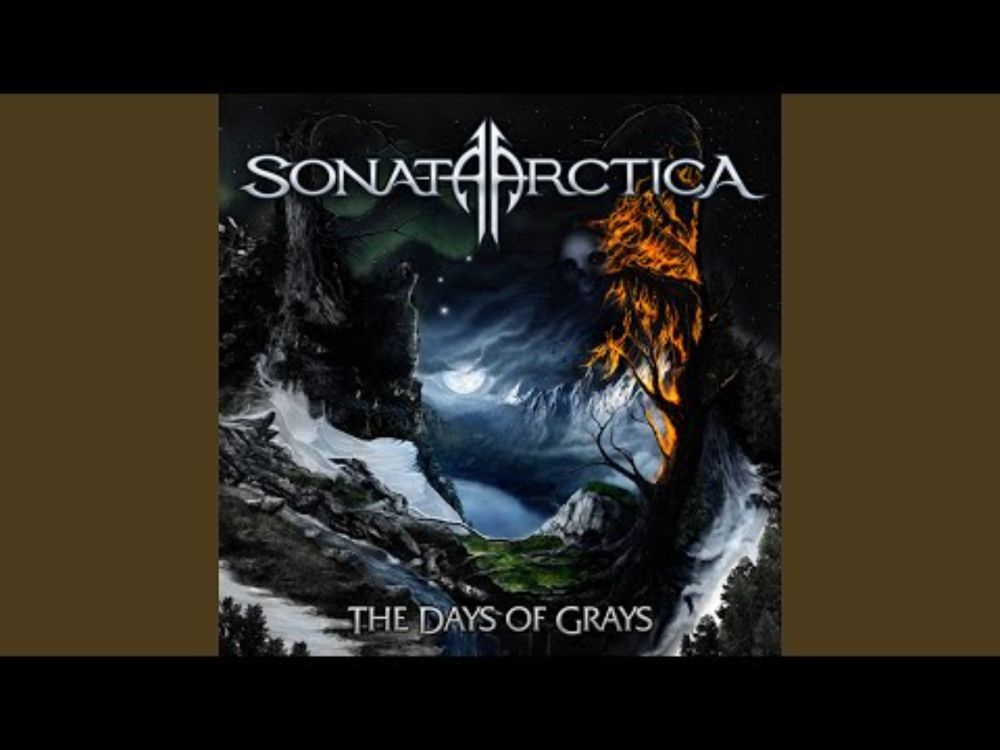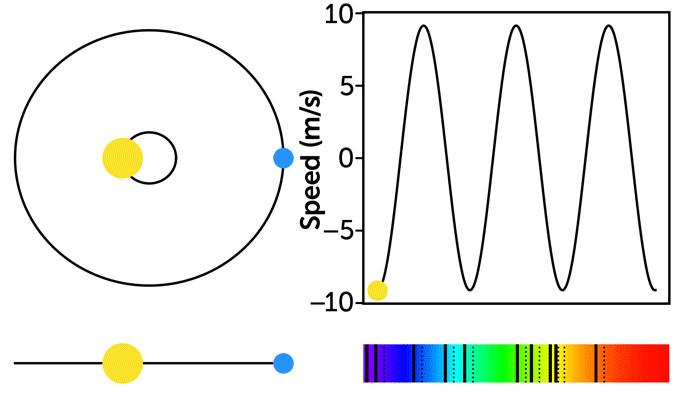
Does anyone know about a good alternative to Starry, that is still maintained and works nicely with current versions of python and numpy? 🪐🔭
After their great new album, I've been going back to the older Sonata Arctica albums and oh boy did I forget how much I like them. I think I'm liking their proggy mid-tempo songs more than I did 15 years ago. www.youtube.com/watch?v=igeh...

YouTube video by Sonata Arctica - Topic
In case people were wondering about it, Barnard's new planet is very non-transiting. Not even a grazing hint. TESS data shows the flattest of the flat lines. (Credit to @astronasko.bsky.social) 🪐🔭

The period of this sinusoid is the orbital period of the planet, and the amplitude is related to the ratio of the mass of the planet to the mass of the star. In practice it gets more complicated, but this are the basics.
In the RV method, we exploit the fact that the gravity of the planets makes the star move around the center of mass of the system. If we measure the velocity of the star many times, we can see a sinusoidal change in the velocity. If then we fold it to the orbital period, we see the image I posted.

They are so good that we are very clearly limited by our knowledge and methods about modelling stellar activity. The machines are now good enough. It's us who are just adequate lol
So pessimistic! I still trust M-dwarfs to be gentle enough (at some point during their lifetime) lol In addition, we have a nice work under review that hints that maybe those atmospheres are more resilient than we think. We'll see in a couple months :)


